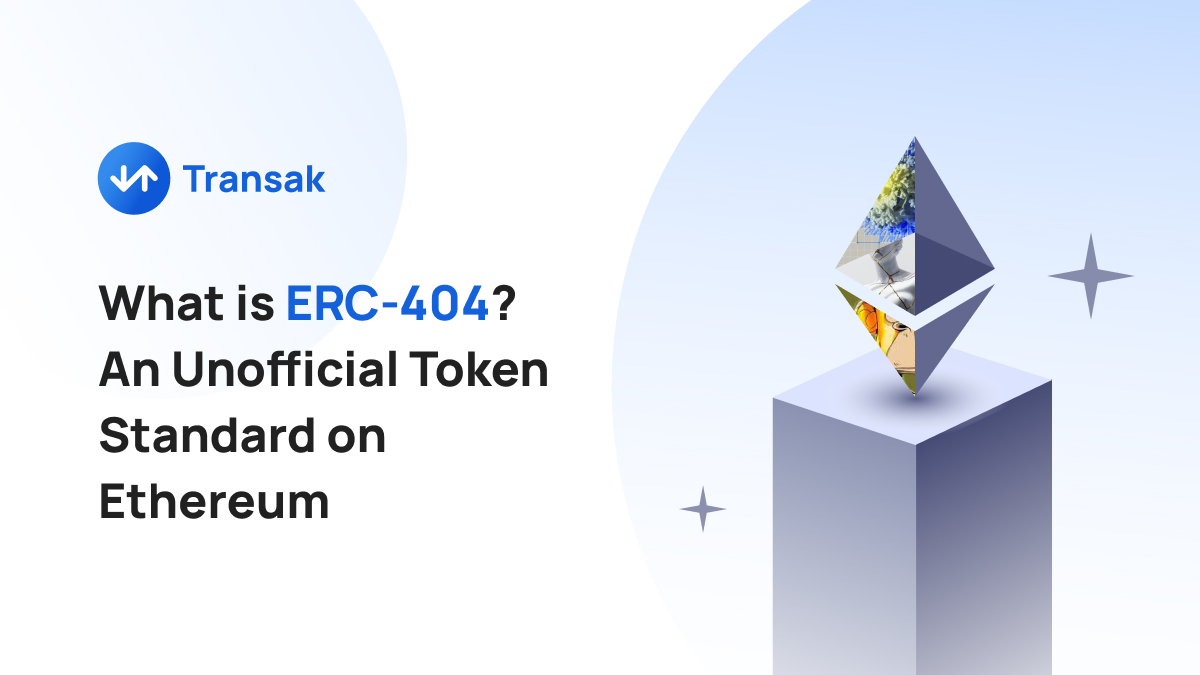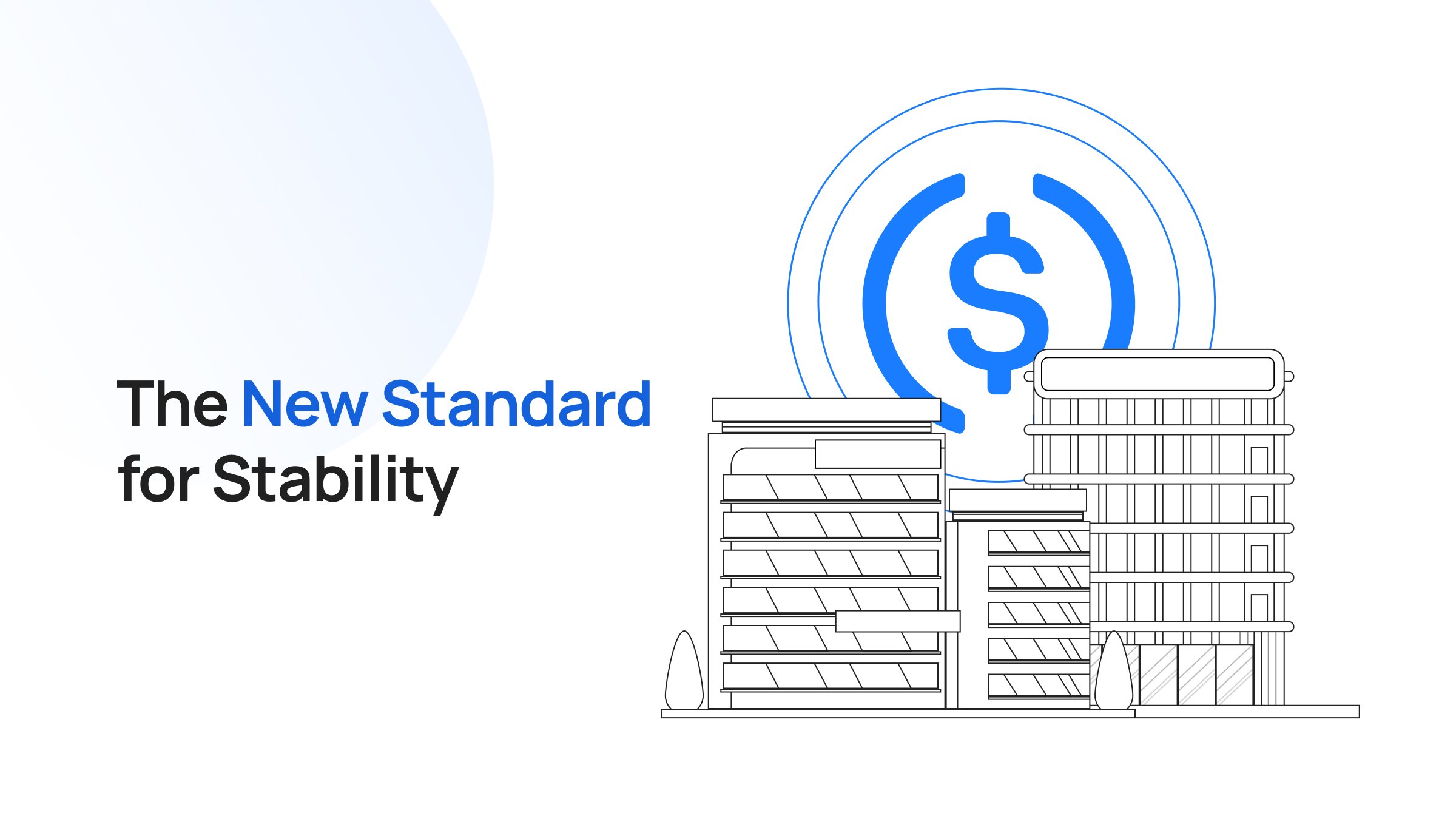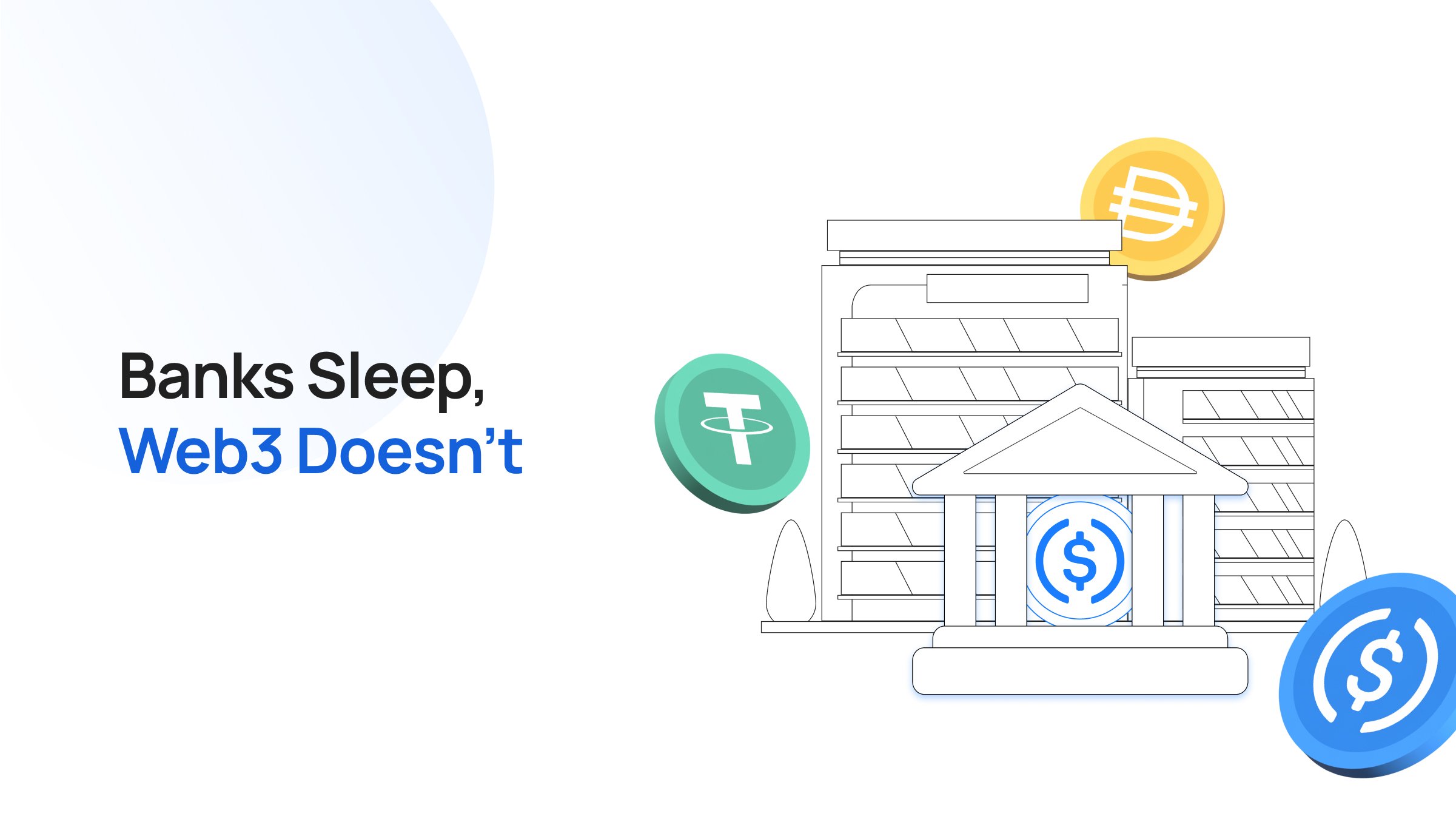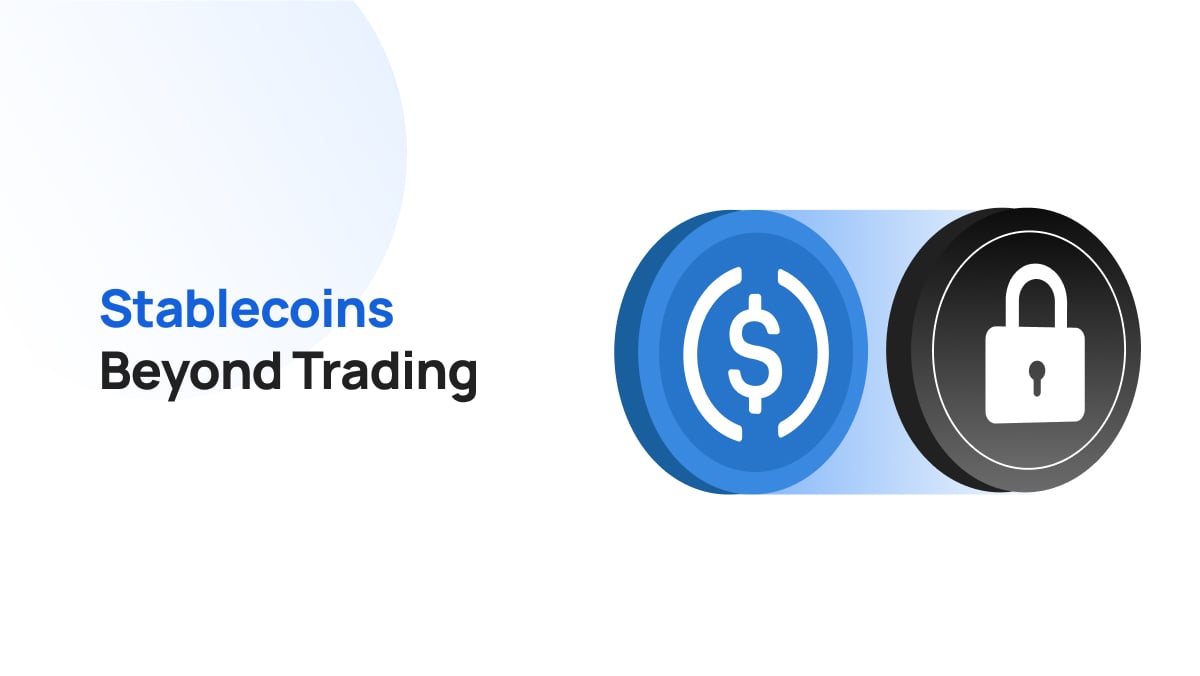The decentralized finance (DeFi) landscape today is primarily built on two foundational token standards: ERC-20 and ERC-721, each playing a pivotal role in how digital assets are exchanged and valued.
ERC-20 tokens are often likened to the DeFi version of cash. They are fungible, meaning each token is identical and interchangeable, similar to how traditional fiat currencies operate. This fungibility makes ERC-20 tokens ideal for use as a medium of exchange in the digital world.
On the other hand, ERC-721, along with its counterparts, is akin to the digital equivalent of assets and collectibles. These tokens are non-fungible, each one unique and not interchangeable, making them perfect for representing ownership of specific items or properties in the virtual space.
While both ERC-20 and ERC-721 have their distinct advantages and use cases, a new token standard, ERC-404, seeks to bridge the gap between these two.
This article will explore ERC-404 tokens, a new and experimental token standard on Ethereum.
What is ERC-404?
ERC-404 is an experimental approach that aims to combine the best aspects of both fungibility and non-fungibility into a single token standard that offers “semi-fungibility”. This hybridization could potentially unlock new possibilities in asset management and exchange, further expanding the scope and functionality of the DeFi ecosystem.
ERC-404 tokens have both fungible and non-fungible characteristics. It achieves this by bonding an ERC-721 token to an ERC-20 token, where an ERC-20 token represents an NFT when it is a whole token. This feature enables fractional ownership of an NFT, as each ERC-20 token can represent a fraction of the NFT.
ERC-404 was developed by pseudonymous creators known as "ctrl" and "0xacme" as an experimental token standard. By combining elements of ERC-20 and ERC-721 standards, ERC-404 gives birth to a new type of digital asset known as "semi-fungible tokens."
Despite its potential, ERC-404 remains an experimental standard and has not yet undergone the official Ethereum Improvement Proposal (EIP) process. As such, it's important to note that it might have undiscovered flaws and is not yet supported by major NFT marketplaces and platforms.
Best Aspects of ERC-20 and ERC-721 that ERC-404 Combines
By combining the best of ERC-20 and ERC-721, ERC-404 solves pressing issues of NFT fractionalization and NFT liquidity, or lack thereof.
Below are the desirable traits of the two popular ERC token types that ERC-404 adopts.
ERC-20 (Fungible Tokens)
- Uniformity: Each ERC-20 token is identical to another, making them perfect for use as a medium of exchange.
- Divisibility: These tokens can be divided into smaller units, facilitating microtransactions.
- Liquidity: Due to their uniformity and divisibility, ERC-20 tokens often enjoy high liquidity in cryptocurrency markets.
ERC-721 (Non-Fungible Tokens)
- Uniqueness: Each ERC-721 token is distinct, with unique identifiers and metadata. This makes them ideal for representing ownership of unique digital items like artwork, collectibles, or virtual real estate.
- Provenance Tracking: ERC-721 tokens enable transparent and easy tracking of the ownership and transaction history of unique assets.
How ERC-404 Works
According to a recent report by DappGambl, over 95% of NFTs are essentially ‘dead’ owing to their high prices and lack of buyers.
The web3 space, as it is today, is very small and the accessibility to tools that can create and market NFTs is far greater than there is demand for. As a result, several NFT collections - good and mediocre ones - have shot up in value in the past NFT boom years.
Today, however, most crypto holders are unwilling to shell out hundreds of thousands of dollars over non-utilitarian pictures one a screen. Hence, holders of these high-priced NFTs struggle with capital efficiency.
ERC-404 offers native fractionalization, providing a solution to the liquidity problem by allowing multiple investors to own a piece of an NFT.
Under the ERC-404 standard, an NFT is only minted when there is one whole token. This means that the ownership of the full NFT is granted only when a user possesses the entire token, representing complete ownership of the asset.
For users who do not hold the full token but only fractions of it, they do not possess the NFT itself. Instead, they hold a part of the underlying value represented by the NFT. This fractional ownership enables a broader base of investors to participate in the NFT market, effectively democratizing access to high-value digital assets.
This approach not only addresses the accessibility issues but also adds liquidity to the market. As fractional parts of these high-value NFTs can be bought and sold more readily, it creates a more active and fluid market. For holders of these fractions, it means they can liquidate their holdings more easily compared to selling a whole, high-priced NFT.
ERC-404 Features and Mechanism
The essence of ERC-404 lies in its ability to facilitate fractional ownership of NFTs. Traditionally, NFTs are unique and indivisible, representing one-of-a-kind assets like digital art or real estate in virtual worlds.
ERC-404 challenges this indivisibility by allowing these unique assets to be owned in parts by different individuals.
Below are a few key features of ERC-404.
Native Fractionalization
ERC-404 tokens are inherently fractional.
This refers to the inherent ability of ERC-404 tokens to be divided into smaller, fungible parts. Unlike traditional NFTs (ERC-721), which are indivisible, ERC-404 allows an NFT to be owned fractionally by multiple parties.
The division is managed within the token standard itself, eliminating the need for external mechanisms or platforms for fractionalization. This makes high-value assets more accessible and could potentially increase market liquidity by allowing more participants to own a piece of these assets.
In practical terms, this means that multiple users can collectively own a single NFT.
If an individual accumulates enough fractional tokens to make up a whole, the respective NFT is minted anew, signifying complete ownership.
NFT Protocol Interoperability
ERC-404 tokens are designed to be interoperable with existing NFT protocols.
This means they can interact seamlessly with various platforms and marketplaces that support NFT standards like ERC-721 and ERC-1155.
Such interoperability is crucial for ensuring that ERC-404 tokens can be integrated into the broader ecosystem of digital assets, facilitating exchange, and usage across different platforms.
Native Liquidity
By enabling fractional ownership, ERC-404 tokens inherently promote liquidity.
In traditional markets, liquidity refers to the ease with which an asset can be converted into cash (or cryptocurrency in this case) without affecting its market price.
For ERC-404 tokens, this means the fractions of an NFT can be traded more readily, making it easier for holders to buy and sell their shares. This increased liquidity is a significant step forward, especially for high-value NFTs that previously faced illiquid markets due to their high prices and uniqueness.
ERC-20 Protocol Interoperability
ERC-404's compatibility with the ERC-20 standard means it can interact smoothly with the fungible token ecosystem.
The interoperability with fungible tokens allows for the smooth exchange and integration of ERC-404 tokens within the existing DeFi ecosystem, like wallets, and platforms that support ERC-20, facilitating a wide range of transactions and applications.
The semi-fungible nature of ERC-404 tokens allows for dynamic trading opportunities. Fractions of an NFT can be traded much like traditional fungible tokens.
Non-Fungible Properties
Despite their fractional nature, ERC-404 tokens retain non-fungible properties.
Each ERC-404 token is tied to a unique NFT, maintaining the unique characteristics and ownership rights associated with non-fungible tokens.
This feature is crucial for representing ownership of unique digital assets, such as art, collectibles, or intellectual property, in a way that respects their individuality and rarity.
Minting and Burning Mechanism of ERC-404 Tokens
ERC-404 employs a mint-and-burn protocol.
- Token Minting: Think of minting like creating something out of nothing. In the context of digital tokens, minting a token means generating a new token and adding it to the blockchain. It's like printing new money or creating a brand new digital collectible.
- Token Burning: Burning is the opposite of minting. When you burn a token, you effectively destroy it by sending it to an irretrievable wallet address, and thus removing it from circulation.
This mechanism allows for dynamic changes in ownership. As people buy and sell fractions of the token, the ownership of the NFT shifts and changes, tracked accurately on the blockchain.
Minting Process in ERC-404
When a complete ERC-404 token representing a full share of an NFT is purchased, it triggers the minting process.
What that means is if you accumulate enough fractional tokens to make one whole token, the system recognizes this and 'mints' the NFT. You now become the owner of the NFT, which is a unique digital asset on the blockchain.
Burning Process in ERC-404
Conversely, when parts of this token are sold off, the system ‘burns’ a portion of the NFT.
For example, if you decide to sell half of your token, the system recognizes that you no longer own a full token. The NFT, or a portion of it corresponding to the sold fraction, is then burned or removed from your ownership.
ERC-404 Projects
ERC-404 is a very new token standard and has still not gone through the EIP vetting process. As a result there are only a few projects utilizing this token standard.
Pandora (PANDORA)
As the first mover, Pandora serves as a reference point for other ERC-404 projects. Here's a deeper dive:
- Concept: Connects 10,000 ERC-20 tokens ($PANDORA) to a collection of 10,000 unique Replicant NFTs.
- Functionality: Users can buy and sell fractions of NFTs, making high-value NFTs more accessible.
- Impact: Pioneered the concept of fractionalized NFT ownership with ERC-404, sparking discussions and innovation in the NFT space.
DeFrogs (DEFROGS)
This project cleverly combines ERC-404 with a popular meme. Here's a breakdown:
- Concept: 10,000 unique Pepe the Frog themed NFTs minted using ERC-404.
- Functionality: Similar to Pandora, DEFROGS allows users to buy and sell portions of these meme NFTs.
- Impact: Leverages meme culture to showcase the potential of ERC-404 for creating more accessible and engaging NFT experiences.
Crystal (CRYSTAL)
This project focuses on building a strong ERC-404 ecosystem on Arbitrum, a layer-2 scaling solution for Ethereum. Here's why it's interesting:
- Concept: $CRYSTAL token fuels the Scattering.io marketplace, designed specifically for ERC-404 projects on Arbitrum.
- Functionality: Aims to become the go-to platform for buying, selling, and trading ERC-404 tokens on Arbitrum.
- Impact: By fostering a dedicated marketplace, Crystal could accelerate the adoption of ERC-404 on Arbitrum.
ERC-404 vs ERC-1155 Tokens
If you are aware of ERC-1155 tokens, you might have noticed a few similarities between the two, particularly the aspects of semi-fungibility and fractionalization. However, there are subtle distinctions.
ERC-1155 tokens themselves aren't inherently "fractional" in the same sense as what is proposed with ERC-404, but they do bring a different kind of flexibility that overlaps somewhat with the concept of fractionalization.
Here’s an analogy.
ERC-1155 is like a box that can hold different colored balls (fungible and non-fungible tokens). You can have multiple balls of the same color (copies within a type), but you can't split a single ball. Where as, ERC-404 allows taking one unique colored ball (NFT) and splitting it into smaller pieces, enabling shared ownership.
Conclusion
As an experimental and unofficial token standard, ERC-404 carries certain risks. It has yet to be formally evaluated or audited, and its long-term viability in the Ethereum ecosystem is still uncertain.
The pseudonymous developers of ERC-404 are pushing forward to take this token standard mainstream, which could boost adoption and eliminate any vulnerabilities in code during the EIP review process.
Some researchers and developers have already begun working on ERC-404 improvements, with the popular one being ERC-404m — an extension of the ERC-404 token standard, which adds a multi-chain functionality.
For more information, visit https://transak.com/ or follow us on https://twitter.com/Transak.






